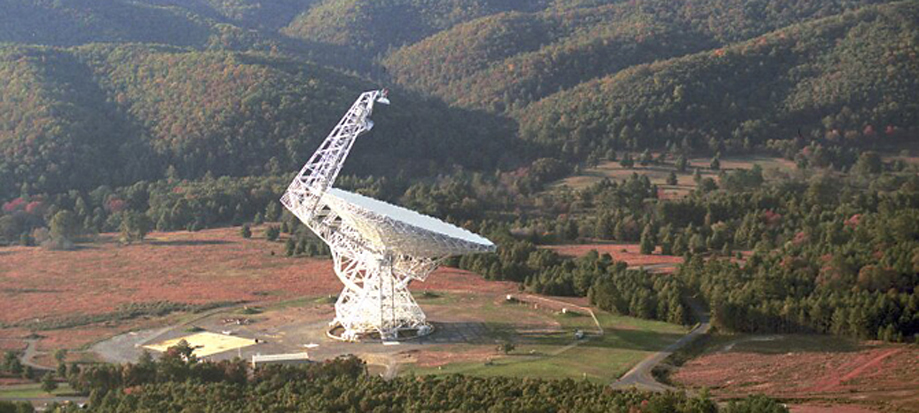SETI Search for E.T. Targets Potentially Earth-Like Planets

A new survey is under way to search for signs of intelligent extraterrestrial life, but this one has a twist: Instead of listening for alien signals from anywhere in the sky, scientists are aiming radio telescopes at the alien planets most likely to be like our own Earth.
The new search, which began last week, is scanning 86 alien worlds for radio signals that could suggest the presence of an advanced civilization. The extrasolar planets are thought to be the most Earth-like of the 1,235 candidate planets discovered so far by NASA's prolific Kepler space observatory.
"We’ve picked out the planets with nice temperatures — between zero and 100 degrees Celsius [32 and 212 degrees Fahrenheit] — because they are a lot more likely to harbor life," said physicist Dan Werthimer of the University of California, Berkeley, in a statement. [The Strangest Alien Planets]
This new SETI search is not part of the SETI Institute, which has long served as the Earth's ears for any signals from intelligent aliens. Earlier this month, the Institute announced it was placing its primary listening station - a network of radio telescopes called the Allen Array -- in hibernation due to funding problems.
Scanning the heavens
The new search, led by Berkeley astronomers, uses the Robert C. Byrd Green Bank Telescope in West Virginia, the largest steerable radio telescope in the world. On May 8, researchers kicked off the survey by pointing the instrument at eight Kepler planets for a total of an hour.
Once they've scanned all 86 promising alien planets, the researchers will do a quick, coarse analysis of the data. Then, in about two months, they'll hand the observations off to an estimated 1 million amateurs working with the SETI@home project (SETI stands for "Search for Extraterrestrial Intelligence.")
Get the Space.com Newsletter
Breaking space news, the latest updates on rocket launches, skywatching events and more!
SETI@home harnesses the power of many interconnected home computers, using them as a sort of supercomputer to analyze mountains of data.
The 86 planets of interest include all 54 identified by Kepler that seem to orbit in the "habitable zone" of their parent stars — the just-right range of distances that should allow liquid water to exist. Technically, they and the other Kepler planets remain "candidates," which await confirmation by follow-up observations. But at least 80 percent of them should pan out, NASA officials have said.
The search goes on
The new survey is perhaps the most focused effort in a longstanding search for alien radio signals.
Astronomers have been scanning the heavens for decades with a variety of instruments, including the Arecibo observatory in Puerto Rico and California's Allen Telescope Array, which went into "hibernation" last month due to lack of funding.
While none of these efforts have turned up any evidence of intelligent aliens, the sheer number of planets out there helps inspire researchers to keep looking.
"If you extrapolate from the Kepler data, there could be 50 billion planets in the galaxy," Werthimer said. "It’s really exciting to be able to look at this first batch of Earth-like planets."
Follow SPACE.com for the latest in space science and exploration news on Twitter @Spacedotcom and on Facebook.
Join our Space Forums to keep talking space on the latest missions, night sky and more! And if you have a news tip, correction or comment, let us know at: community@space.com.

Space.com is the premier source of space exploration, innovation and astronomy news, chronicling (and celebrating) humanity's ongoing expansion across the final frontier. Originally founded in 1999, Space.com is, and always has been, the passion of writers and editors who are space fans and also trained journalists. Our current news team consists of Editor-in-Chief Tariq Malik; Editor Hanneke Weitering, Senior Space Writer Mike Wall; Senior Writer Meghan Bartels; Senior Writer Chelsea Gohd, Senior Writer Tereza Pultarova and Staff Writer Alexander Cox, focusing on e-commerce. Senior Producer Steve Spaleta oversees our space videos, with Diana Whitcroft as our Social Media Editor.









